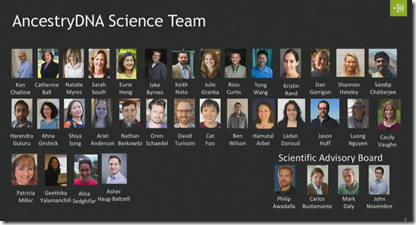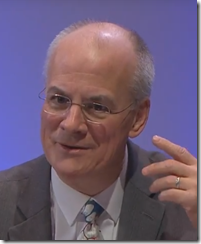Day 4 – #RootsTech –The Final Day (Sob!) - Sat, 3 Mar 2018
Saturday is the most difficult day to have a #NotAtRootsTech day for me, because all of the family is home and I have to excuse myself upstairs to the office and mostly ignore them. But let’s continue.
- First I tried to catch up on the #RootsTech twitter feeds and blogs which I found impossible to complete. Here’s an article in yesterday’s Deseret News about: “What Scott Hamilton told RootsTech about his family and how he inspired a fan during a battle with a tumor.”
- Here’s Jill Ball’s 10 minute interview of RootsTech emcee Jason Hewlett (no relation to Hewlett-Packard) for a wonderful inside look behind the man and how the past two years hosting got him learn a bit about genealogy. And here’s Jill’s 9 minute interview of Howard Hochhauser, CEO of Ancestry. And also Jill’s 9 minute interview with Jen Allen and Brandon Beckstead. Jen is Rootstech Director and Brandon is RootsTech Logistic Manager. They said they were truly afraid the fire inspector was going to close the Conference down on Wednesday because of the number of people in the hall without the Expo Hall being open.




Jason Hewlett, Howard Hochauser, Jen Allen, Brandon Beckstead - The Connect Belong video at the beginning of the Live Stream today was fun to watch. It asked people if they Connect or Belong. Great selection of people asked and great answers. I hope that gets posted somewhere. If so, I’ll add the link here.
- The live stream had Jason Hewlett sitting with Natalia Lafourcade, who is the singer of “Remember Me” in the movie Coco and will be singing at the Academy Awards in Los Angeles tomorrow as it is up for best song. She sang 3 songs including Remember Me for the RootsTech audience.

Natalie Lafourcade was very excited to find out that her father’s side came from France because. Earlier she had mentioned she thought it odd that she was Spanish from Mexico/Chile but had a French last name. - The magnificent Henry Louis Gates Jr. was the Keynote Speaker at the IAJGS Conference I attended last July in Florida, so I knew to expect the best. I’m a regular watcher of his Finding Your Roots series.

“In social studies class, every child will have to do their family tree. Down the hall to the science class, every kid will spit in the test tube. … We’ll reignite the love of learning.” – Henry Louis Gates Jr.CeCe Moore followed Dr. Gates and told us how DNA is exploding.
- “Advancing Your Genealogy Research With DNA” by Anna Swayne who works at Ancestry. She gave a really nice slide of the AncestryDNA Science Team:

- Curt Witcher once again (lucky guy got to be involved in 3 live stream broadcasts during the Conference). “More Web for your Genealogy”. As much data as Ancestry and Findmypast and MyHeritage have, it’s the “snowflake on top of the iceberg. … Think about it.” Search tools don’t index the web completely. So his successful surfing strategy is to visit the websites of local public libraries, state libraries, state archives, historical societies genealogical societies, and GenWeb. I downloaded his handout from the RootsTech app.

Curt Witcher
The final day of RootsTech (or any conference) is always a downer for me. I find it so sad for it to be over. In my first year there, 2012, my flight home was Sunday morning, so I was able to enjoy a post-RootsTech event which was a Dick Eastman dinner for readers of his EOGN newsletters. That was a lot of fun. But after that RootsTech turned Saturday into Family Discovery Day which invited many thousands of younger people into the Convention Centre for free for inspirational stories. So in 2014 and 2017, I took the Saturday afternoon flight home, leaving while the action was still on and avoiding the end. However, I also missed Dick’s dinners and I’m so sad that I’ve never been able to attend a Dear Myrtle post RootsTech party which she hosts and sounds like so much fun.
This year, I see they’ve eliminated the Family Discovery Day and have a full slate of Genealogy topics all day Saturday which is great. Next time I’m at RootsTech (and there will be a next time), I’ll stay over until Sunday to catch some of the post-conference events, and I think I might even try to come the Sunday before to catch some of the pre-conference events. Being there the whole time might even give me a slight chance of being able to visit every booth in the Exhibit Hall.
#NotAtRootsTech 2018 was a lot of fun. Looking forward to 2019, whether I’m there or not.











 Feedspot 100 Best Genealogy Blogs
Feedspot 100 Best Genealogy Blogs





